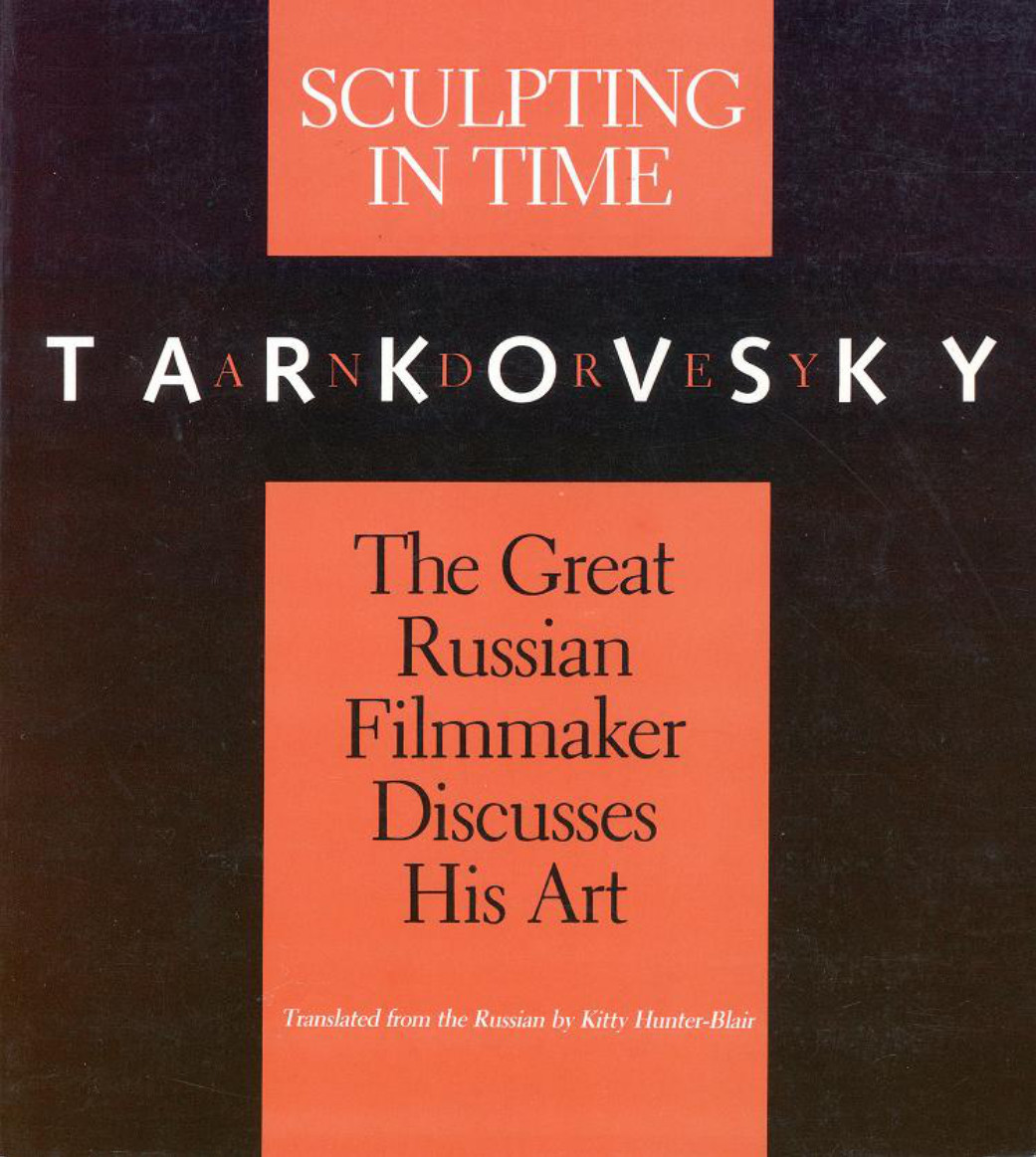Jonathan Beller: The Cinematic Mode of Production. Attention Economy and the Society of the Spectacle (2006)
Filed under book | Tags: · attention, attention economy, capitalism, cinema, film, film theory, labour, marxism, spectacle

“Cinema brings the industrial revolution to the eye,” writes Jonathan Beller, “and engages spectators in increasingly dematerialized processes of social production.” In his groundbreaking critical study, cinema is the paradigmatic example of how the act of looking has been construed by capital as “productive labor.” Through an examination of cinema over the course of the twentieth century, Beller establishes on both theoretical and historical grounds the process of the emergent capitalization of perception. This process, he says, underpins the current global economy.
By exploring a set of films made since the late 1920s, Beller argues that, through cinema, capital first posits and then presupposes looking as a value-productive activity. He argues that cinema, as the first crystallization of a new order of media, is itself an abstraction of assembly-line processes, and that the contemporary image is a politico-economic interface between the body and capitalized social machinery. Where factory workers first performed sequenced physical operations on moving objects in order to produce a commodity, in the cinema, spectators perform sequenced visual operations on moving montage fragments to produce an image.
Beller develops his argument by highlighting various innovations and film texts of the past century. These innovations include concepts and practices from the revolutionary Soviet cinema, behaviorism, Taylorism, psychoanalysis, and contemporary Hollywood film. He thus develops an analysis of what amounts to the global industrialization of perception that today informs not only the specific social functions of new media, but also sustains a violent and hierarchical global society.
Publisher University Press of New England, 2006
ISBN 1584655836, 9781584655831
332 pages
review (Robert Moses Peaslee, Journal of Communication Inquiry)
PDF (no OCR; some pages missing; updated on 2012-11-4)
Download a 2003 paper (published in Culture, Theory & Critique 44(1), 2003, pp 91-106; added on 2012-10-20)
P. Adams Sitney: Eyes Upside Down: Visionary Filmmakers and the Heritage of Emerson (2008)
Filed under book | Tags: · avant-garde, cinema, experimental film, film, film theory

“Sitney analyzes in detail the work of eleven American avant-garde filmmakers as heirs to the aesthetics of exhilaration and innovative vision articulated by Ralph Waldo Emerson and explored by John Cage and Gertrude Stein. The films discussed span the sixty years since the Second World War. With three chapters each devoted to Stan Brakhage and Robert Beavers, two each to Hollis Frampton and Jonas Mekas, and single chapters on Marie Menken, Ian Hugo, Andrew Noren, Warren Sonbert, Su Friedrich, Ernie Gehr, and Abigail Child, Eyes Upside Down is the fruit of Sitney’s lifelong study of visionary aspirations of the American avant-garde cinema. Sitney’s earlier book and critical essays defined the field of serious criticism of the American film avant-garde. He supplies a unique approach, critical, formal and intellectual, rather than sociological, ideological or institutional. Like his earlier book, Eyes Upside Down is a dense, sustained blast of convincing criticism which unfolds through a compelling personal vision. It makes a serious contribution to cinema studies and it is sure to remain in circulation for many years to come.”
Publisher Oxford University Press, 2008
ISBN 0195331141, 9780195331141
xiv+417+[32] pages
PDF (updated on 2019-11-15)
See also Sitney’s Visionary Film: the American Avant-Garde, 1943-2000, 1974/2002.
Comment (0)Andrey Tarkovsky: Sculpting in Time: Reflections on the Cinema (1986–) [EN, BR-PT]
Filed under book | Tags: · cinema, film, film history, film theory

“Andrey Tarkovsky, the genius of modern Russian cinema—hailed by Ingmar Bergman as “the most important director of our time”—died an exile in Paris in December 1986. In Sculpting in Time, he has left his artistic testament, a remarkable revelation of both his life and work. Since Ivan’s Childhood won the Golden Lion at the Venice Film Festival in 1962, the visionary quality and totally original and haunting imagery of Tarkovsky’s films have captivated serious movie audiences all over the world, who see in his work a continuation of the great literary traditions of nineteenth-century Russia. Many critics have tried to interpret his intensely personal vision, but he himself always remained inaccessible.
In Sculpting in Time, Tarkovsky sets down his thoughts and his memories, revealing for the first time the original inspirations for his extraordinary films—Ivan’s Childhood, Andrey Rublyov, Solaris, The Mirror, Stalker, Nostalgia, and The Sacrifice. He discusses their history and his methods of work, he explores the many problems of visual creativity, and he sets forth the deeply autobiographical content of part of his oeuvre—most fascinatingly in The Mirror and Nostalgia. The closing chapter on The Sacrifice, dictated in the last weeks of Tarkovsky’s life, makes the book essential reading for those who already know or who are just discovering his magnificent work.”
Originally published in German, 1986.
Translated from the Russian by Kitty Hunter-Blair
Publisher University of Texas Press, 1987
ISBN 0292776241, 9780292776241
254 pages
Keywords and phrases
Andrey Rublyov, Ivan’s Childhood, Arseniy Tarkovsky, Andrey Tarkovsky, Margarita Terekhova, mise en scene, film director, Gorchakov, Solaris, actor, Vadim Yusov, Stalker, Donatas Banionis, Lev Tolstoy, Dostoievsky, Sergey Gerasimov, Thomas Mann, Paul Valery, Electronic music, Nostalgia
Sculpting in Time (English, 1987, updated on 2013-1-21)
Esculpir o tempo (BR-Portuguese, trans. Jefferson Luiz Camargo, 2nd ed., 1990/1998, added on 2017-9-7)

